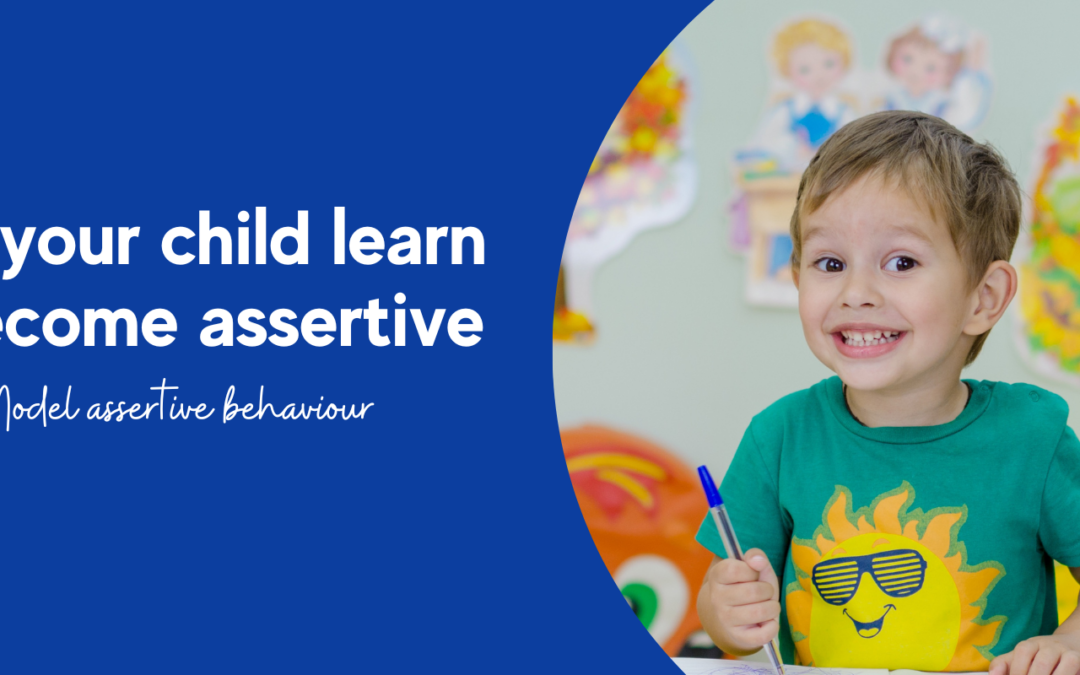When a child learns to communicate with assertiveness, she is equipped to make her feelings and needs known in a way that is respectful to others. She is able to stand up for herself and those around her, and she develops self-confidence and resilience. The ability to be assertive falls in between the extremes of being aggressive or passive. Aggressive behaviour in a child might include being bossy or bullying other children, or talking back and being rude to parents or other adults. Amore passive child may do what others ask or expect of him while putting his own feelings aside, and rely on someone else to solve problems or settle disagreements.
You can help your child find the balance in the middle of these two types of communication. She can learn to stand up for her own rights without dismissing the rights of others, and she can learn to handle conflicts fairly. The best way to help your child learn to be assertive is to give him opportunities to practice. When your child disagrees with a request, you can allow some choice in the matter and still achieve the same outcome. Validate your young child’s feelings by saying, .I know that you really want to stay up and play. You.re having so much fun! As you are getting settled in bed, you can let me know what story you want to read, so we can have a little more time before you go to sleep.
Let your older child have some flexibility within the boundaries of a request. .The garbage needs to be taken out, and your laundry needs to be put away. You can do it whenever you want, as long as it is completed before you go to bed. When your child finds himself in a disagreement, trust that he can work it through himself. Instead of taking sides when young siblings argue, you can comment that you see that they each have a different idea of what needs to happen next. .What can you do to fix this so you can both be happy?. Encourage your older child to stand up for herself. If she comes home with a school assignment that she feels was not graded fairly, encourage her to talk to the teacher herself for clarification.
Model assertive behaviour. If you are loud and demanding, you will teach your child that aggressiveness gets results. If you frequently over-commit and then complain about it, your child sees passiveness as the expected response to situations. But when you follow through on your promises and are honest and fair with yourself and others, your child sees that being assertive is the most effective way of communicating.

